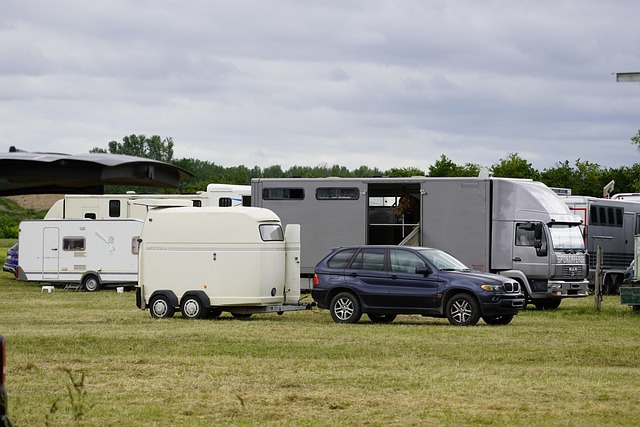Safety and Crowd Management Tips for High-Attendance Shows
High-attendance shows require focused planning across safety, crowd flow, and infrastructure. This article outlines practical tips for organizers, venues, and local services to reduce risks, improve attendee experience, and coordinate logistics for live events with large crowds.

Large-scale shows bring energy and complexity. Effective crowd management pairs clear planning with tangible measures: predictable entry and exit flows, visible staffing, reliable communication channels, and contingency plans for weather, medical needs, and transport delays. Whether audiences come for single-day concerts or multi-day events with camping and vendors, prioritizing safety and efficient logistics minimizes incidents and keeps operations running smoothly.
How do live concerts affect crowd flow?
Live concerts concentrate people in time and space, often during headline sets. Predictable peak periods—such as changeovers between lineups—should be modeled in advance. Use barriered queuing, graduated entry gates, and staggered programming to reduce surges. Staff and stewards placed at chokepoints help guide movement; clear signage complements verbal direction. Monitoring crowd density with cameras or on-the-ground reports allows rapid adjustments to routing or pausing entries before unsafe conditions develop.
What role do tickets, schedules, and lineups play?
Tickets, schedule clarity, and lineups directly shape attendee behavior. Digital tickets with time-slot options can spread arrivals. Publish accurate schedules and stage times so fans arrive when acts start, reducing last-minute rushes. Communicate lineup changes immediately across official channels and onsite displays. Consider flexible ticketing for camping or restricted zones to manage load. Transparent policies on re-entry, refunds, and transfers reduce confusion at gates and help maintain orderly access.
How should camping, travel, and accommodation be planned?
When events include camping or draw travelers from afar, coordination with local accommodation and transport is essential. Designate clear camping zones with marked entrances and emergency access lanes. Provide maps indicating water, toilets, first-aid points, and information hubs. Coordinate with nearby hotels, hostels, and local services for overflow, and publish travel guidance about public transport schedules and recommended routes. Encourage attendees to prepare for variable weather and to secure valuables to reduce incidents within accommodation areas.
How to manage transport, logistics, and vendor areas?
Transport and on-site logistics influence both safety and sustainability. Create separate ingress/egress lanes for staff, emergency vehicles, and deliveries to avoid blockages. Position vendor zones away from major crowd paths but within easy reach for attendees. Allocate staging areas for loading and unloading to prevent congestion. Work with local transport authorities to adjust public transit services or provide shuttle options, and coordinate vendor deliveries outside peak arrival and departure windows to ease pressure on access roads.
How to ensure stage, acoustics, and crowd safety?
Stage design and acoustics affect crowd behavior and safety. Ensure the stage has secure barriers, sufficient sightlines, and controlled access points for performers and crew. Acoustic levels should be managed to avoid disorientation that can contribute to panic—work with sound engineers to balance clarity and safe volume. Maintain a buffer zone between the stage and the crowd, and station trained security and medical teams with direct radio contact to event control. Regular inspection of rigging and barriers reduces structural risks.
How can sustainability and emergency procedures align?
Sustainability measures and emergency planning can be integrated to strengthen resilience. Use environmentally responsible vendor policies and waste management systems that also support clear evacuation routes—keep bins and recycling stations out of main egress paths. Emergency procedures should be rehearsed with staff and vendors, with designated assembly points and communication scripts. Plan for weather scenarios, power outages, and medical surges, and coordinate with local emergency services for rapid response and mutual aid.
Conclusion Comprehensive crowd management for high-attendance shows combines tactical on-site controls with strategic planning across tickets, transport, accommodation, and operational logistics. Clear communication, trained staff, and collaboration with local services reduce risk and improve attendee experience. Consistent monitoring, rehearsed emergency procedures, and adaptable schedules help organizers respond to changing conditions while maintaining safety and order.






